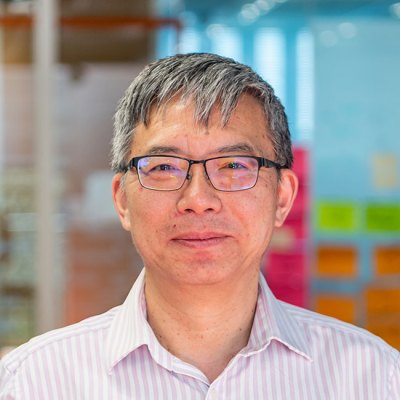Computing has changed the story of all of our lives, but humanity is poised to begin a new chapter. The commercial implications of the coming changes in computing technology are vast – and now is the time to engage with the possibilities and opportunities.
In this comprehensive CC Innovation Briefing, our multidisciplinary team unpacks the new computing technologies, evaluates potential use cases and throws light on the new commercial horizon. We discuss the problems of current computing technology, and look ahead to novel silicon architectures as well as quantum, biological, photonic and neuromorphic computing.
The paper focuses on three take aways:
- Novel computing technologies will ultimately make the seemingly impossible possible – achieving step changes in performance, cost and power consumption along the way
- Future technologies will serve specific applications and classical computing will not be replaced. Instead, a hybrid future will emerge, blending novel silicon architectures and neuromorphic, photonic, biological and quantum computing
- If you identify the capabilities that match your business goals, you’ll be able to unlock huge value by exploiting the new technology’s benefits for your organisation – in terms of both their technical performance and business value
Silicon is being stretched to its limits. Many computational problems remain intractable. And the sustainability imperative is changing everything. The future of computing is near – you can start to get to grips with it by downloading our report.











